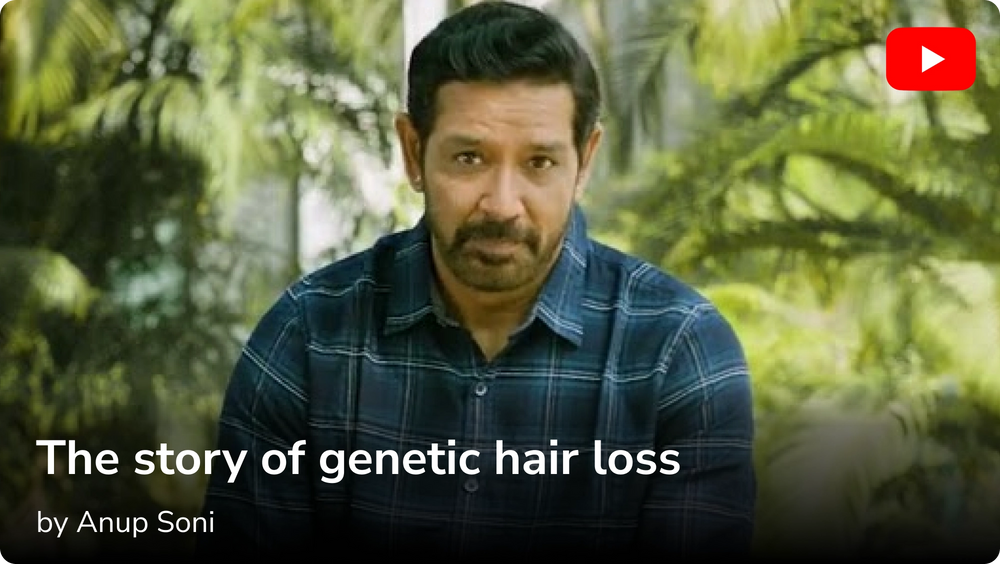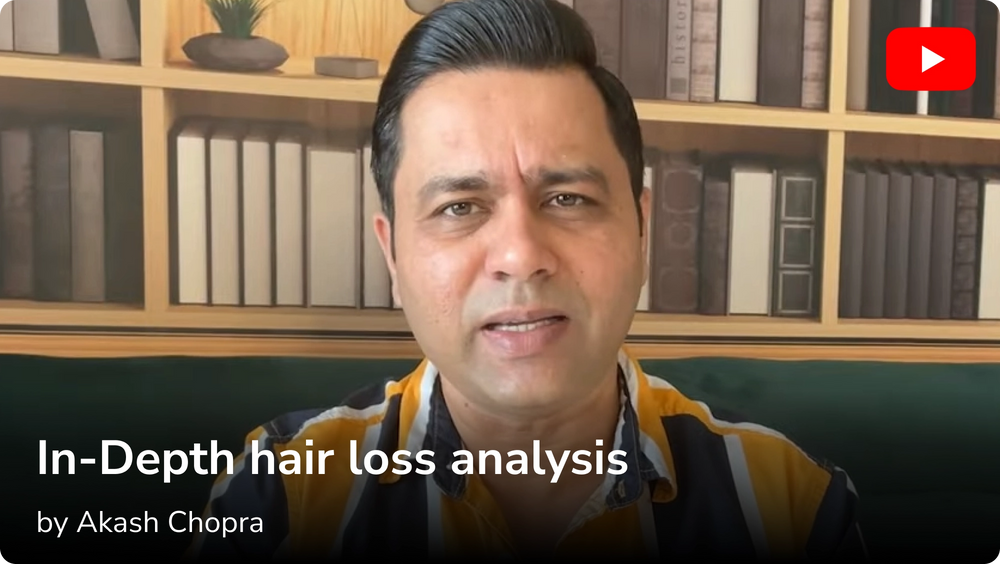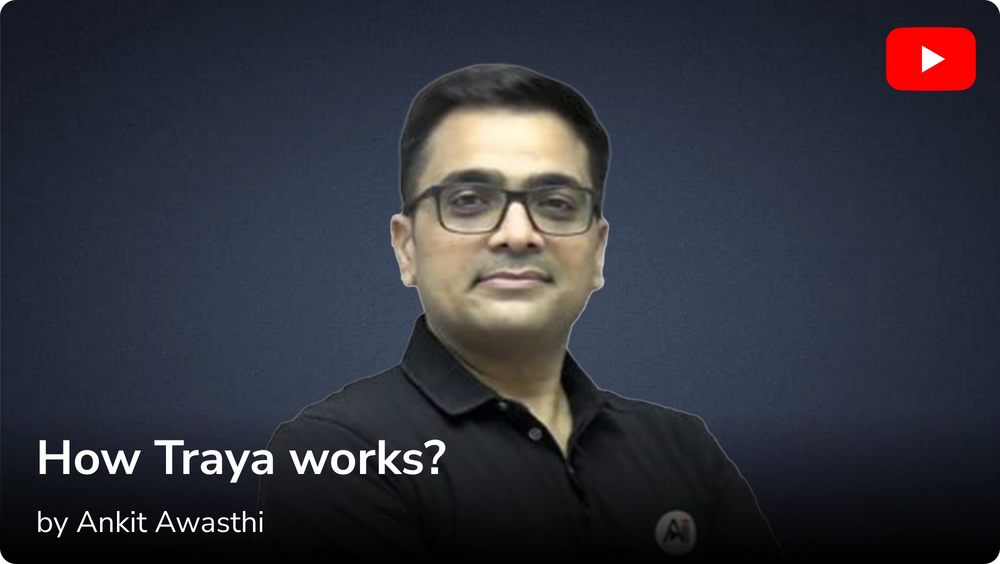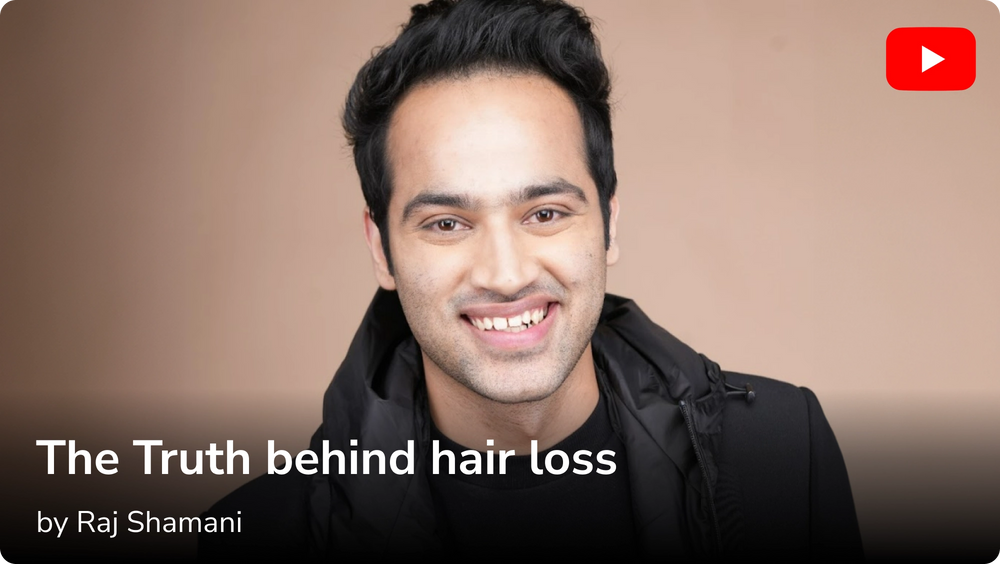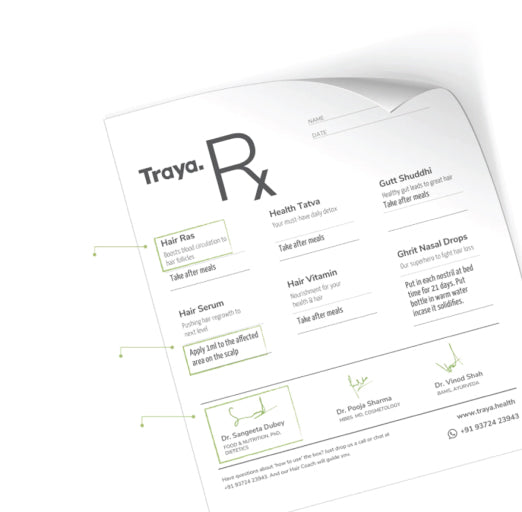Are you suffering from hair fall problem? Well, you’re not alone. Millions across the globe suffer from this problem. But fortunately, if diagnosed at the early stages, most hair fall issues can be dealt with. While common treatments include medications and hair transplants, cupping therapy is also gaining importance.
But what is cupping therapy, does cupping therapy for hair loss work? Can cupping therapy for hair growth be an option? Well, read along to find out.
This blog discusses what cupping therapy is, some common causes behind hair fall, and possible treatments for the same, including cupping therapy for hair. And by the end, you’d know whether cupping therapy works or not.
What Is Cupping Therapy?
Cupping therapy, also known as Hijama, is a centuries-old detox technique that’s believed to improve blood circulation by drawing out stagnant blood from targeted areas like the scalp or back. Recently, some people have started exploring it for hair regrowth. The idea is that better circulation may nourish hair follicles and help them grow stronger. But does it actually deliver results for hair fall? That’s where things get more nuanced.
Cupping therapy is an ancient therapy where therapists put special cups on the patient's skin and create a suction. The cup needs to be placed on the skin for a few minutes. Cupping is done to help with inflammation, relaxation, blood flow, and better well-being. It's a type of deep-tissue massage. Want to know if it works? Read along.
What Are The Common Causes Of Hair Fall?
A variety of factors influence and contribute to hair loss. Let us discuss a few of them.
-
Hair Loss From thyroid Problems – Hyperthyroidism or hypothyroidism leads to hormonal imbalance in your body, further leading to hair loss.
-
Medications – Certain medications are responsible for causing hair fall and hair thinning among men and women. NSAIDs, birth controls, blood thinning drugs, depression and anxiety medicines, oral contraceptives, etc., are some of those medications.
-
Emotional Stress – If you are going through something crucial in your life, be it related to your career, the loss of a loved one, serious illness or injury, or emotional stress, you might experience severe hair fall.
-
Lack of Nutrition – A poorly balanced diet without the right nutrients can lead to nutrient deficiencies. It further leads to hair loss, hair thinning, bald patches, etc.
Hair Growth Treatments Options
Depending on the type of hair loss, there are different treatment options to opt for:
For Male/Female Pattern Baldness
A) Medications
Rogaine and Propecia are the only two drugs approved by the FDA to treat male or female pattern baldness due to hereditary issues.
-
Rogaine: Rogaine is an effective hair fall treatment applied directly to the scalp. It's available in different forms, like liquid or foam, and doesn't require a prescription for administration. The drug is a vasodilator that widens the blood vessels beneath the skin, promoting hair growth. It is particularly effective if used in the early stages of hair fall.
-
Propecia - Propecia (Finasteride) is an oral prescription medication. It slows down hair loss & stimulates hair growth.
A regular dosage of Propecia can significantly reduce the DHT (Dihydrotestosterone). DHT causes your hair follicles to shrink, leading to male pattern baldness. Finasteride reduces the DHT by 60%, which further helps in reducing hair fall by 80%. This drug is meant to work if used in the early stages of hair fall.
B) Cupping Therapy For Hair Growth
Cupping therapy is a trending option for hair growth and regrowth. There are two types of cupping:
-
Dry - Therapists mostly suggest performing dry cupping on the scalp. It allows the suction to open and widen the shrunken hair follicles and promote blood circulation to promote hair growth and regrowth.
-
Wet - Wet cupping therapy for hair loss, also known as Hijama, is also helpful in bringing out dead skin cells, harmful toxins, and pathogens that have been building up under the scalp stopping hair growth. It helps open the skin barrier, increase blood circulation, and strengthen the hair roots. Thus, promoting hair growth.
Please Note: Cupping therapy for hair regrowth only applies to the hair follicles still alive.
Let's learn how cupping or Hijama therapy works.
What Happens In The Hijama Cupping Therapy For Hair Fall?
There is no need for any medicine in the Hijama cupping therapy for hair growth. You just need to shave off your head for smooth and better cupping therapy. Shaving of the head is preferred for this therapy as it helps create a better suction which is a crucial aspect of the therapy. It allows the cups to stick to your scalp so that the procedure goes on effectively.
Procedure:
-
The therapist places cups on your scalp where you have hair loss. There can be a maximum of 5 cups on the head at a time. The cups are taken after a few minutes off the scalp. When the cups are moved, you can notice the marks on the scalp.
-
The therapist will make small cuts on the scalp right where the cups are and place the cups again for several minutes. You can see the blood accumulating in the cups.
-
Do not worry about the blood coming out. It is bad and dirty blood. The main purpose of cupping is to extract DHT out of the blood and control its amount in the blood. Once the DHT amount is controlled in the blood, hair follicles expand, and hair starts to regrow.
-
This therapy demands a certain amount of sitting for effective results.
Cupping is said to benefit the scalp by improving blood flow, releasing toxins, and reducing minor inflammation. The suction effect is thought to stimulate the area, potentially helping with nutrient delivery to hair follicles. However, there is currently no clinical evidence that shows cupping directly causes new hair to grow. At best, it may support follicle health if poor circulation is a contributing factor. But it does not address more complex or internal causes like hormonal imbalances, thyroid conditions, or follicle death.
Burning Question: Does Cupping Therapy Help With Regrowth?
Yes, we can say cupping does help in hair regrowth. However, it does so to an extent. If the hair fall hasn't been severe and follicles are still alive, there is still hope for hair growth and regrowth with cupping or hijama. Otherwise, you may have to resort to other methods that you can find below.
From a scientific standpoint, there’s no proven link between cupping therapy and actual hair regrowth. It is unlikely to help in cases like male or female pattern baldness, thyroid-related hair loss, or hair fall triggered by conditions like PCOS. These issues are usually rooted in internal hormonal or genetic factors, and external stimulation alone can’t reverse them. Cupping may offer minor benefits if your hair fall is triggered by stress or poor blood flow, but even then, it acts more as a supplementary method rather than a solution.
This is where Traya’s approach is different. Rather than chasing surface-level fixes, we start by identifying the exact root cause of hair fall. Only then can the right mix of treatment whether nutritional, dermatological, or lifestyle-driven be designed to actually work.
Permanent Hair Loss
There are seven stages of hair fall in men that are: -
-
Hair thinning around the temple is generally unnoticeable.
-
Hair thinning leads to an M-shaped hairline around the forehead.
-
Visible Balding and extreme thinning of the hair leading to M, U, or V-shaped hairline around the forehead.
-
An extreme case of hair loss around the back of the head.
-
U-shaped balding at the crown of the head
-
Huge bald patches and visible bald scalp
-
A very little thin and lifeless hair accompanied by a hairline receded to the crown.
If you're experiencing hair loss and find your condition anywhere between 1-4th stages, you can use the aforementioned medications or cupping therapy to get your hair back. However, if you think you belong to stages 5-7, the only reliable option is a hair transplant. Hair transplant includes removing a patch of hair from the back of your head and transplanting it to the bald patches for a subtle and natural look.
While cupping is being promoted for hair regrowth, it's important to understand the possible downsides, especially when performed on the scalp. The scalp is far more delicate than the back or shoulders, and using suction here may lead to bruising, irritation, or even temporary hair shedding. If the hygiene protocols aren't followed properly, there’s a small but real risk of infection as well. For those already struggling with weak or thinning hair, these side effects may do more harm than good. Traya recommends that you proceed with caution and understand that the scalp requires a more sensitive approach.
Takeaway
While it's true that you can treat hair fall issues in most cases, it's better to consult with a hair fall expert like Traya Health for a personalized hair test. Traya Health will help you find the root cause of your hair fall and will devise treatments for the best results specifically customized for you. Our experts have helped several individuals suffering from hair fall and can help you too. So connect with Traya Health now!
Thinking of trying cupping therapy for hair loss? Just know that it’s not a root-cause treatment. If you don’t know why your hair is falling, any therapy cupping included becomes guesswork. The smart first step is diagnosis. Traya’s Hair Test helps you find out whether your hair fall is due to stress, hormones, nutritional deficiencies, or something else. Once you know what’s causing it, you can choose what actually works for your specific case.
FAQ
Q1 - Does Cupping Help In Hair Growth?
Yes, cupping does help in hair growth but to some extent. If the hair follicles are dead, the procedure might not work.
Q2 - What is cupping therapy for hair?
Cupping therapy for hair is to stimulate hair growth and reduces hair loss by taking out the dirty blood from the scalp using suction cups.
Q3 - Can hijama cure hair loss?
Hijama can help open up the follicles in the scalp, promoting blood circulation. Thus, helping with hair regrowth. But it applies only if the hair follicles are still alive.
Q4 - What are the benefits of head cupping?
It helps in:
-
Increasing blood circulation
-
Stopping hair fall
-
Promoting new hair growth
-
Relief from headache
References
-
https://cuppingbirmingham.co.uk/hijama-for-hair-loss-and-alopecia/
-
https://www.everydayhealth.com/skin-and-beauty-pictures/ten-causes-of-hair-loss.aspx
-
https://www.webmd.com/skin-problems-and-treatments/hair-loss/ss/slideshow-hair-fallout
-
https://www.webmd.com/skin-problems-and-treatments/hair-loss/hair-loss-treatments-men
















